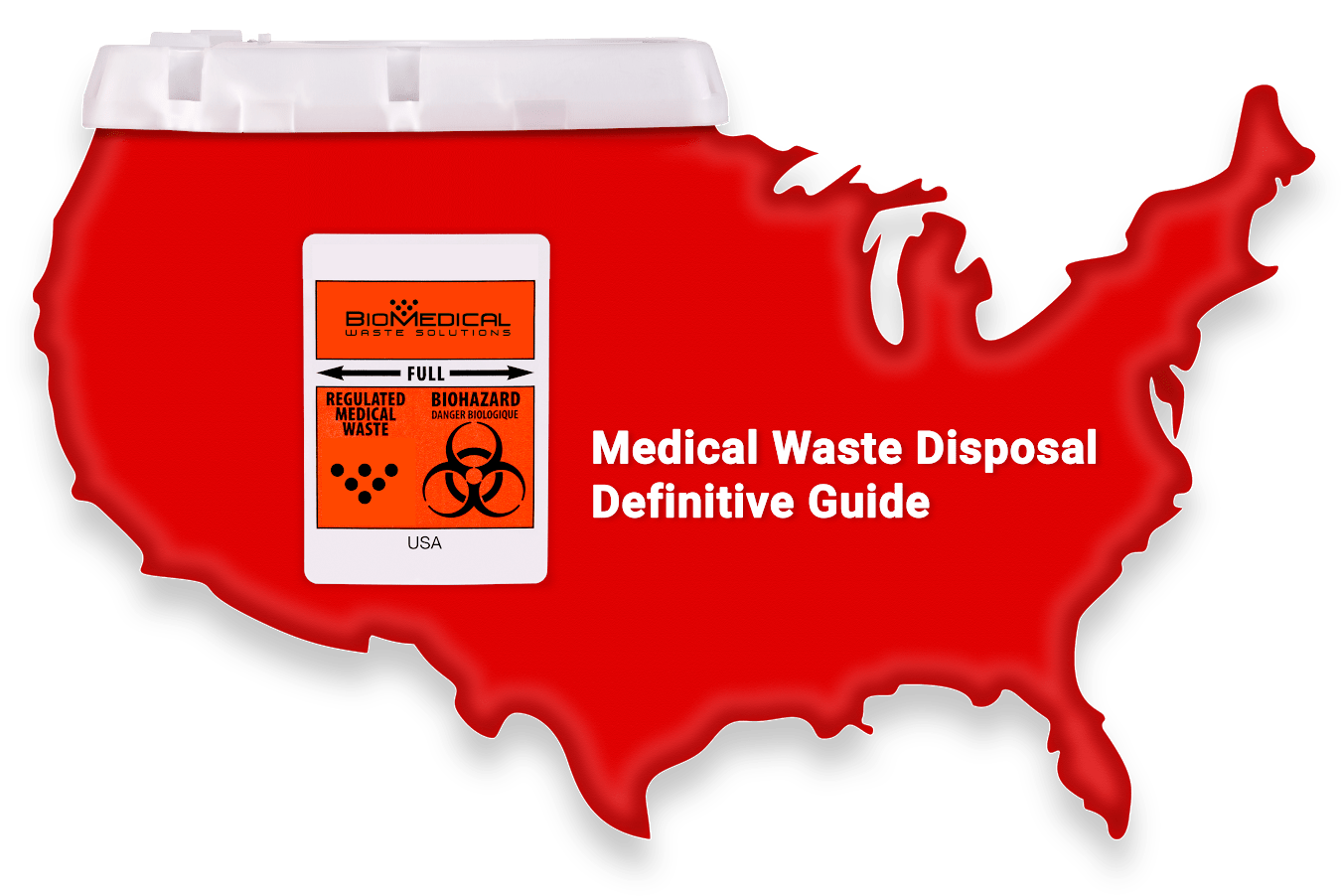Structured Solutions: Streamlining Health Care Procedures with Expert Medical Waste Disposal
Structured Solutions: Streamlining Health Care Procedures with Expert Medical Waste Disposal
Blog Article
Discovering Different Garbage Disposal Options for a Cleanser Atmosphere
In the search of a cleaner setting, the monitoring of waste disposal has emerged as a critical focal point for sustainable advancement. With a wide range of waste disposal choices offered, varying from typical landfill methods to innovative waste-to-energy technologies, the selection of just how we handle our waste has far-reaching implications for our planet's well-being.
Recycling Techniques
Carrying out reliable recycling methods is critical in lessening waste and promoting sustainability in our setting. Reusing includes the procedure of converting waste products right into recyclable things to avoid unneeded disposal.
Another essential recycling method is composting, which involves breaking down organic waste like food scraps and yard trimmings right into nutrient-rich dirt. By including these numerous recycling methods right into our waste administration practices, we can significantly lower our ecological footprint and relocate towards a more lasting future.

Composting Techniques
Effective waste monitoring practices, such as recycling approaches, pave the method for a cleaner setting, and currently, moving the emphasis to 'Composting Techniques', we discover sustainable methods to decay organic waste for ecological advantage. medical waste removal.
Composting is a natural procedure that changes natural waste, like food scraps and yard trimmings, into a nutrient-rich soil modification. The trick to successful composting hinges on producing the appropriate balance of eco-friendly products, such as fruit and vegetable scraps, and brown materials, like dried out branches and fallen leaves. These products disintegrate with the aid of microorganisms, breaking down the waste right into valuable compost.
There are different composting strategies offered to fit different requirements. Standard yard composting includes layering natural materials in a bin or stack and consistently transforming the mixture to freshen it. Vermicomposting, on the various other hand, makes use of worms to damage down raw material into compost (click here). For those with restricted area, indoor composting systems supply a hassle-free remedy. By utilizing composting strategies, we can lower the amount of waste sent out to garbage dumps while developing a useful product for enhancing soil and supporting plant growth.
Incineration Cons and pros
Incineration, as a waste disposal technique, presents both benefits and drawbacks that merit mindful consideration in the world of sustainable waste administration techniques. On the positive side, incineration can substantially reduce the volume of waste, decreasing the need for garbage dump room and potentially reducing greenhouse gas exhausts.
Nonetheless, there are noteworthy downsides to incineration. One significant issue is the prospective launch of hazardous toxins into the air, such as dioxins, hefty metals, and particle matter, which can have negative impacts on human health and the environment. In addition, the high preliminary investment and operational expenses of incineration facilities present financial difficulties, making it a less cost-effective alternative compared to various other waste administration methods. Careful surveillance and guideline are vital to reduce these adverse effects and make best use of the benefits of incineration as part of a detailed waste management method.
Garbage Dump Monitoring Strategies
Land fills play an essential role in waste administration and environmental conservation by offering a containment system for the disposal of solid waste products. Reliable land fill monitoring approaches are essential to mitigate ecological influences and ensure the long-term sustainability of these waste disposal sites. One key strategy appertains waste compaction to take full advantage of the usage of offered area within the landfill (click here). By compacting the waste, the volume is reduced, allowing for even more waste to be suited in time.
Additionally, the application of daily cover practices is important in reducing odors, avoiding litter, and reducing the destination of parasites. Treatment the disposed waste at the end of daily aids to contain smells and protect against possible ecological contamination. In addition, the surveillance of land fill gas emissions and leachate levels is important in guaranteeing that environmental requirements are met and that any kind of prospective risks to bordering ecological communities are lessened.

Waste-to-Energy Technologies
One of the ingenious strategies to waste management involves using Waste-to-Energy modern technologies to transform strong waste right into useful power resources. Waste-to-Energy (WtE) innovations include a variety of visit this page processes that aim to extract power from waste products via thermal, chemical, or organic ways. This conversion process not only decreases the volume of waste that ends up in landfills but also produces important energy resources such as electricity, heat, or biofuels.
There are several techniques of Waste-to-Energy conversion, including incineration, pyrolysis, and gasification. Incineration includes shedding waste at heats to produce heat and electricity. Gasification converts waste right into a syngas, which can be made use of for power generation or chemical manufacturing. Pyrolysis breaks down natural materials utilizing high temperature levels in the absence of oxygen, creating char, gas, and bio-oil.
Carrying out Waste-to-Energy innovations can help minimize environmental concerns connected with traditional garbage disposal methods while concurrently offering an eco-friendly power source. Careful factor to consider has to be given to discharges control and making certain the sustainability of feedstock materials for these technologies to be genuinely useful for a cleaner environment.

Final Thought
Finally, exploring numerous waste disposal options such as reusing, composting, incineration, landfill administration, and waste-to-energy technologies is crucial for advertising a cleaner atmosphere - click here. Each approach has its own advantages and difficulties, yet by utilizing a mix of these strategies, we can work towards lowering the quantity of waste that winds up in garbage dumps and inevitably add to an extra lasting future for generations ahead
With a multitude of waste disposal options offered, ranging from standard garbage dump techniques to ingenious waste-to-energy modern technologies, the selection of just how we manage our waste has far-ranging effects for our earth's health. medical waste removal service.Incineration, as a waste disposal technique, offers both benefits and negative aspects that warrant cautious consideration in the realm of sustainable waste management methods.Garbage dumps play a critical duty in waste management and ecological preservation by supplying a control system for the disposal of solid waste materials. By compacting the waste, the volume is reduced, allowing for more waste to be accommodated over time
One of the innovative techniques to waste management entails harnessing Waste-to-Energy technologies to transform solid waste right into useful energy sources.
Report this page